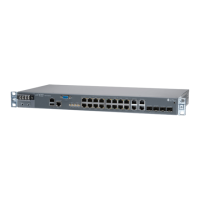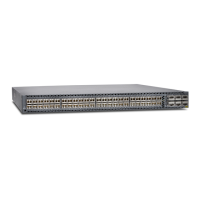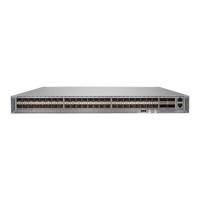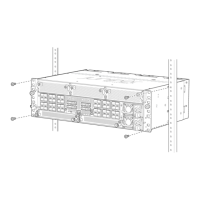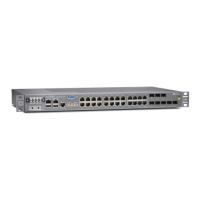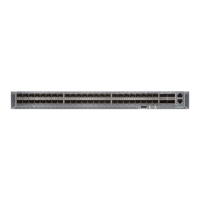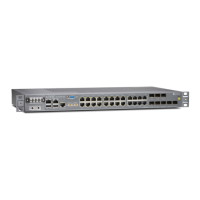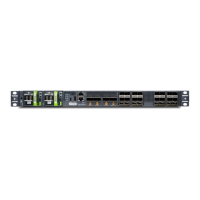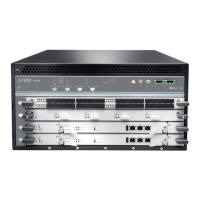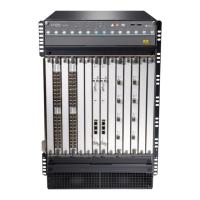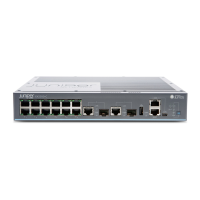NOTE: You can configure Q-in-Q tunneling by explicitly configuring an input
VLAN map with the push function on the ingress logical interface.
A bridge domain can also be created by using aggregated Ethernet interfaces. Aggregated
Ethernet interfaces are considered as logical interfaces in a bridge domain.
The following steps outline the process for bridging a packet received over a Layer 2
logical interface:
1. When a packet is received on a physical port, it is accepted only if the VLAN identifier
of the packet matches the VLAN identifier of one of the logical interfaces configured
on that port.
2. If the bridge domain is configured without a vlan-id number statement, then the VLAN
tags are rewritten based on the input VLAN map configured on the logical interface
and normalized to a service VLAN ID.
3. If the bridge domain is configured with a normalizing VLAN identifier by using the
vlan-id number statement, the VLAN tags of the received packet are compared with
the normalizing VLAN identifier. If the VLAN tags of the packet are different from the
normalizing VLAN identifier, the VLAN tags are rewritten as described in
Table 48 on page 758.
4. If the source MAC address of the received packet is not present in the source MAC
table, it is learned based on the normalizing VLAN identifier.
5. The packet is then forwarded toward one or more outbound Layer 2 logical interfaces
based on the destination MAC address. A packet with a known unicast destination
MAC address is forwarded only to one outbound logical interface.
6. If the bridge domain is configured without a vlan-id number statement, then for each
outbound Layer 2 logical interface, the VLAN tags are rewritten based on the output
VLAN map configured on that logical interface.
7. If the bridge domain is configured with a normalizing VLAN identifier by using the
vlan-id number statement, for each outbound Layer 2 logical interface, the normalizing
VLAN identifier configured for the bridge domain is compared with the VLAN tags
configured on that logical interface. If the VLAN tags associated with an outbound
logical interface do not match the normalizing VLAN identifier configured for the bridge
domain, the VLAN tags are rewritten as described in Table 49 on page 758.
Table 48 on page 758 shows specific examples of how the VLAN tags of packets sent to
the bridge domain are processed and translated, depending on your configuration. “–”
means that the statement is not supported for the specified logical interface VLAN
757Copyright © 2017, Juniper Networks, Inc.
Chapter 24: Configuring Layer 2 Bridging and Q-in-Q Tunneling
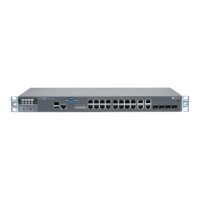
